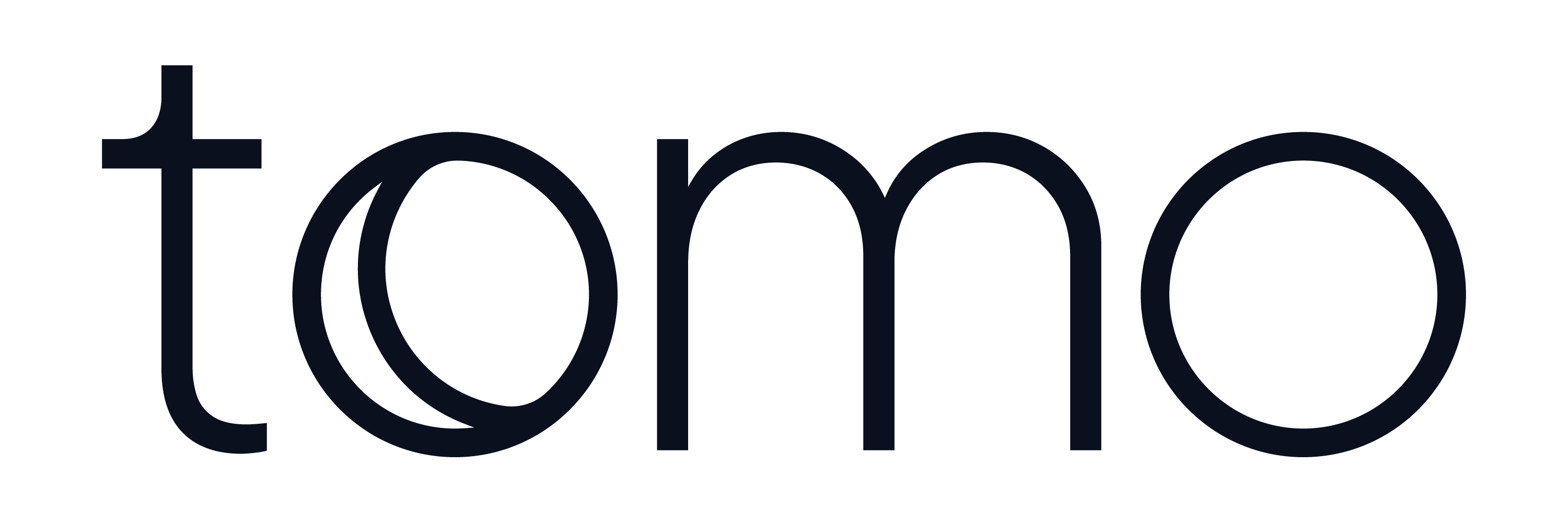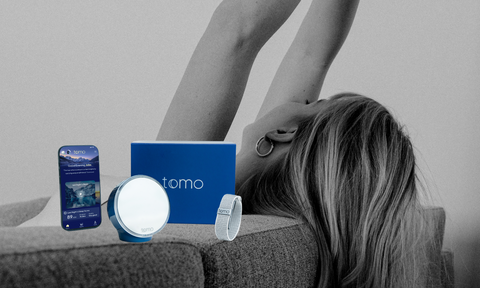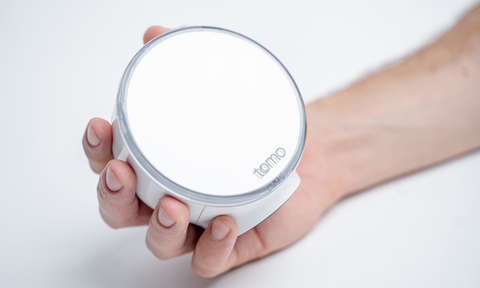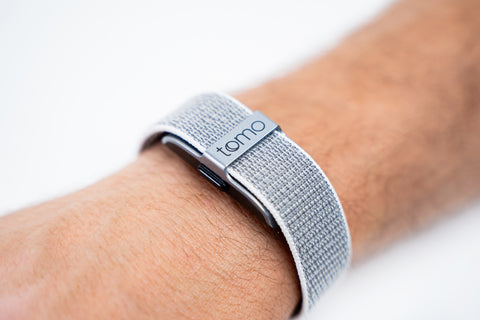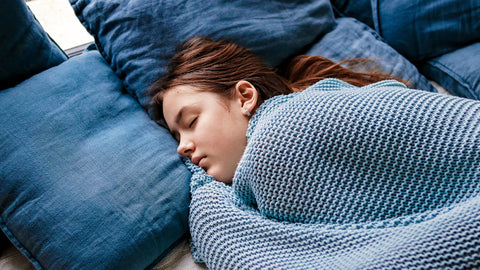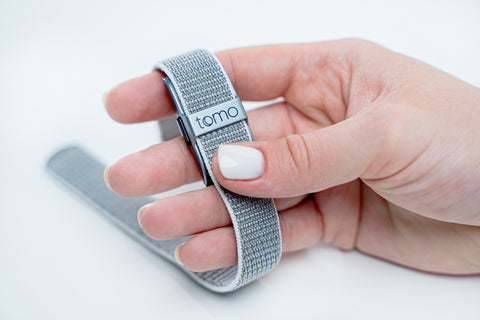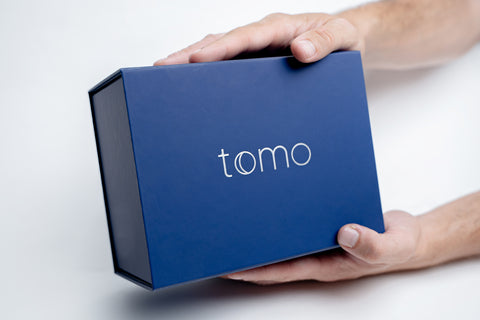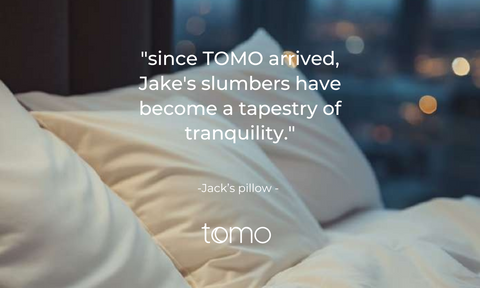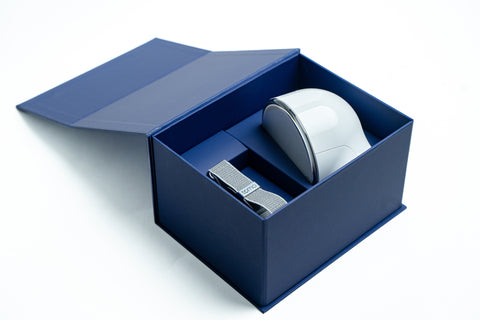Research Approved
A Randomized Double-Blind Sham Controlled Pilot Study to Assess the Efficacy of using the Tomo device for improving sleep in subjects with insomnia
This study is a double-blind randomized controlled trial that compared the use of the TOMO device with a control group. Data was gathered through both subjective (self-report) questionnaires, measured at visit 2 and visit 5. In addition, we measured sleeping patterns using a FITBIT throughout the study period.
Regarding the subjective indices, results indicate that participants in the treatment group demonstrated significant pre-post improvement in the Insomnia Severity Index (ISI) (14.4%, p=.003), PittsTomorgh Sleep Quality Index (17.4%, p=.021), the Perceived Stress Scale (PSS) (12.7%, p=.031), and user experience (as measured by the Essence subjective questionnaire) (19.7%, p=.041). However, the participants in the placebo group showed only a significant improvement in insomnia (ISI) (19.2%, p<.001). Overall, the treatment group exhibited significant improvements in all measures, particularly in sleep quality, stress, and subjective well-being, supporting the efficacy of the treatment in addressing these outcomes.
The comparison between the treatment and placebo groups in FITBIT (smartwatch) indices demonstrated that the device exhibited a buffering effect, preventing deterioration in various sleep indicators. While the treatment group did not show significant improvements across all measures, it consistently performed better than the placebo group, particularly in preserving sleep quality.
Total Sleep Time (TST) - in the treatment group decreased slightly by -0.4% (p = 0.433), compared to a significant reduction of -8.2% (p = 0.013) in the placebo group, suggesting that the device prevented sleep duration deterioration. Wake After Sleep Onset (WASO) - remained stable in the treatment group (0.0%, p = 0.500), while the placebo group showed a deterioration (+9.6%, p = 0.337), further indicating the device’s protective role.
Number of awakenings - decreased by -11.5% (p = 0.121) in the treatment group, in comparison with a moderate decrease of -7.1% (p = 0.341) in the placebo group.
While there was no significant change in Time in Bed (+0.1%, p = 0.487) in the treatment group, the placebo group showed a reduction of -4.2% (p = 0.026), suggesting the device Tomoffered against this negative effect.
REM sleep - change in the treatment group was 0.5% (p = 0.181), compared to a larger change of -10.4% (p = 0.351) in the placebo group, supporting the device’s role in preserving sleep stages.
**Overall, the device demonstrated a buffering effect, maintaining sleep quality across a range of indicators compared to the placebo group.
Study Design
This is a randomized double-blind sham-controlled pilot study. The study treatment will include 3 weeks of using the BU device at night, at the subject's home. According to randomization (see below), the BU device will be programmed for treatment or for sham.
The study will include a Screening visit, a Pre-treatment visit, a Baseline Week, a Treatment period of three weeks, a Post-treatment visit, a follow-up telephone call at 1 month post-treatment and a second follow-up call at 3 months. During the study, the subject will arrive once to the sleep lab clinic, at the Screening visit.
Sponsor: Essence Future Living 2010
